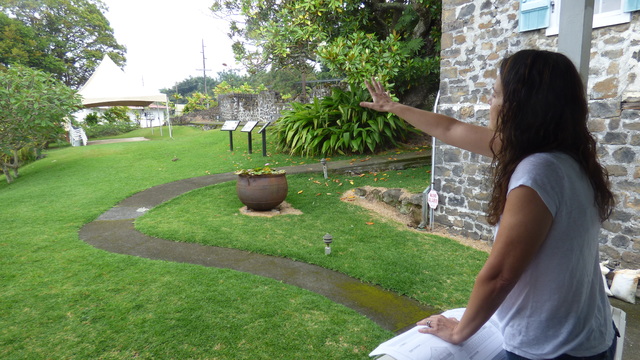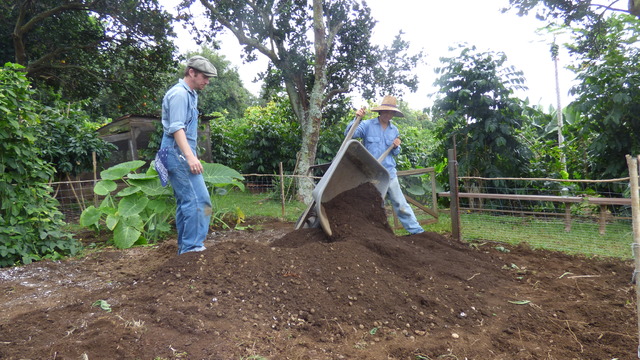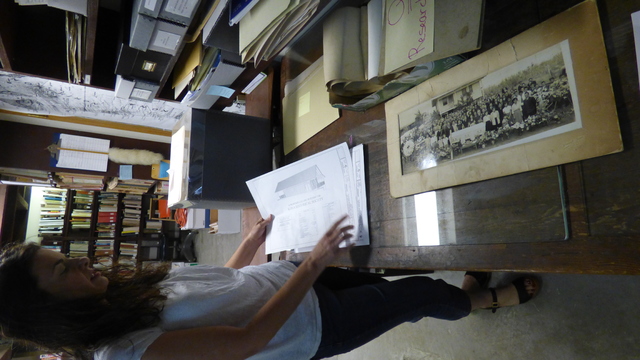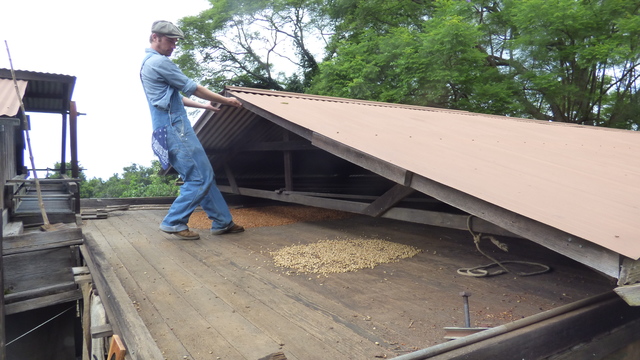For years, people who wanted to delve into the history of Kona likely paid a visit to a small archive housed in the basement of the H.N. Greenwell Store Museum in Kealakekua.
There — in shelves, boxes and a special climate-controlled area — a massive collection of the region’s history has been stored in the form of old images, books and documents.
The small, concrete-floored space doesn’t have room for crowds and it can’t hold much more of the past — and those seeking to comb the pages of time must make an appointment with the Kona Historical Society.
All of that could change with a new plan by the historical society to build a museum that will offer better access and provide an area where rotations of current works of art can mix with historical displays.
A recent $180,000 grant-in-aid from the state and funding from other foundations are helping propel forward the plan for the 800-square-foot Kona Museum, to be raised near the store museum and the historical society’s administration building. The society is soliciting bids for a required archaeological survey and submitted designs for the museum to the Hawaii County Planning Department.
If all goes smoothly, building permits could be issued by November and work could start in early 2016, said historical society executive director Joy Holland Cesca.
“There is really a need for this kind of venue for community and historical shows in Kona,” she said.
The solar-powered, single-story structure will have the appearance of a 19th century board and batten ranch house with a steep roof and wrap-around lanai, mimicking the appearance of the old Greenwell family homestead.
“When people walk up, we want to give them the feeling they are walking up to an old homestead,” Holland Cesca said.
The community will be drawn into visualizing and creating the exhibits, putting the museum more in line with historical society founders who thought history should be widely accessible to the community, she said. A cost figure for the plan is not yet available.
Besides showcasing current archives of unpublished diaries, letters, journals, photos, land documents, family records and news articles, the space is designed to allow the historical society to continue taking in and caring for new material. Curators have had to be conservative about what they accept and process for lack of space, Holland Cesca said.
The museum will train and install a curatorial and museum staff, and have internships and the opportunity for volunteer docents to tell their own stories and those of others.
The grant-in-aid also will fund an effort to expand garden space at the historical society’s Kona Coffee Living History Farm, creating more room for school gardening programs at the 7-acre working coffee and macadamia nut operation in Captain Cook. The funding will help add interpretive signs — part of a move away from guided tours to a more self-guided experience where visitors roam at will and interact with workers tending crops, cooking and doing other tasks much as Japanese immigrant farmers did from 1920-45.
“We’re trying to create the experience that you’re really stepping back in time, seeing activities as they would have been carried on 80 years ago,” said Gavin Miculka, the farm’s manager.
The farm also plans to upgrade trails through the coffee orchard and improve the pasture and fencing for 20-year-old resident donkey Charlie.
“It’s quite unusual for small museums and cultural endeavors to get a grant like this,” Holland Cesca said. “It’s really a game-changer for us.”
Email Bret Yager at byager@westhawaiitoday.com.













